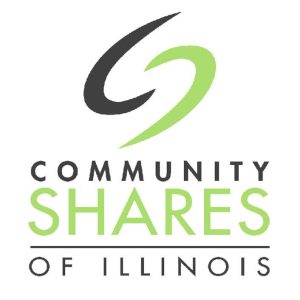Disability is a Natural Part of Life
Most people acknowledge pregnancy, birth, puberty, illness, aging and death as a natural part of living. We see disability as a natural part of life as well. Acquiring a disability happens at all ages, and it knows no boundaries of race, sexual identity, economic status or location. As is often said, disability is the minority any person can join at any point in their life.
Consumer Control
The Independent Living movement recognizes that experience living with a disability is valuable in itself, especially to people who are just starting to encounter barriers and challenges that others have learned to master. Many organizations speak of consumer-directed services or goals chosen by the person served, and those are great steps towards consumer-control. To have true consumer control in the IL context, however, the organization must have a majority of people with disabilities on the board and staff, including management positions. When people who have disabilities are controlling policies and directing the organization, there is true consumer control. Beyond staffing and governance, consumer control permeates all of PACE’s service delivery. Click Consumer Control in Practice to learn more about how PACE fully embraces the principle of consumer control.
Cross-Disability
The Independent Living Movement is about all people who have disabilities, and its Centers are required to serve a cross-section of people with disabilities versus limiting services to specific conditions or diagnoses. This cross-disability approach unites the Disability Community into a cohesive whole, so that it has a more powerful voice for societal impact than factions of disability-specific groups.
The Barriers Concept
Although Independent Living looks at disability as a natural part of life, our societal environments do not always consider this form of human difference, and then people with disabilities encounter barriers. Our name, “Persons Assuming Control of Their Environment“ was developed from this concept. PACE is a community resource that exists to assist consumers in navigating and removing the barriers to independence they face.
Some people have asked us, “if there is no transportation, why doesn’t PACE provide it?” Our answer is simple–that would send the wrong message. Society has an ethical and legal obligation to serve the disability community equally well as those without disabilities. If an entity exists to provide transportation to the community, then the law says they are also to provide the transportation for people who have disabilities. That is equal access. If we provide separate transportation services, we risk segregating the Disability Community and preventing transportation entities from taking responsibility to provide the service.
Some examples of barriers:
- Architectural – Stairs, narrow doorways, buildings without elevators, low-hanging coat racks [e.g. easy to bump into when you have vision loss]
- Programmatic – A leadership conference for teens is held in an inaccessible location. The program was designed without input by people who have disabilities.
- Economic — People with disabilities have a lower average income than the average person due to unemployment. Even if they have a good income, some have disability-related expenses that require more of their income.
- Communication–Print on paper is not user-friendly for people with vision loss and available options for video captioning for the Deaf can be poor quality.
- Attitudinal – Societal attitudes forged over our history can be hard to change. We have emerged from being killed for having a disability to being cared for so much that we lose our self-direction. Instead of these extremes, we work now to be treated just like everyone else. We also recognize our own attitudinal barriers towards people with different disabilities than ourselves and seek to always refine our perceptions of the Disability Community at large.
The Importance of Language
PACE recognizes the impact of language on all our attitudes. Just as “consumer” is chosen to remind us that consumers have choice, other words are used or avoided so as to model a way of speaking that respects people with disabilities and does not reinforce stigma. PACE embraces person-first language. Words like “Epileptic” reduce a person to their disability, whereas “Person with epilepsy” recognizes the person before acknowledging the disability. There are other disability descriptors that PACE intentionally avoids [e.g. disabled person, handicap, crippled] because of the stigma they invoke. For example, some believe that “handicap” is a word developed from our history when people with disabilities had little choice to make a living except by holding a cap in-hand and begging in the streets. Though very subtle, language messages have a significant effect on societal attitudes toward disability.
For more information on Independent Living Philosophy and its differences to standard service models, see Ten Principles of Independent Living and Independent Living Philosophy and Traditional Paradigms.
More info on Independent Living Philosophy:
Independent Living Philosophy – ILRU Rapid Course
http://www.ilru.org/html/training/rapidCourses/index.html



